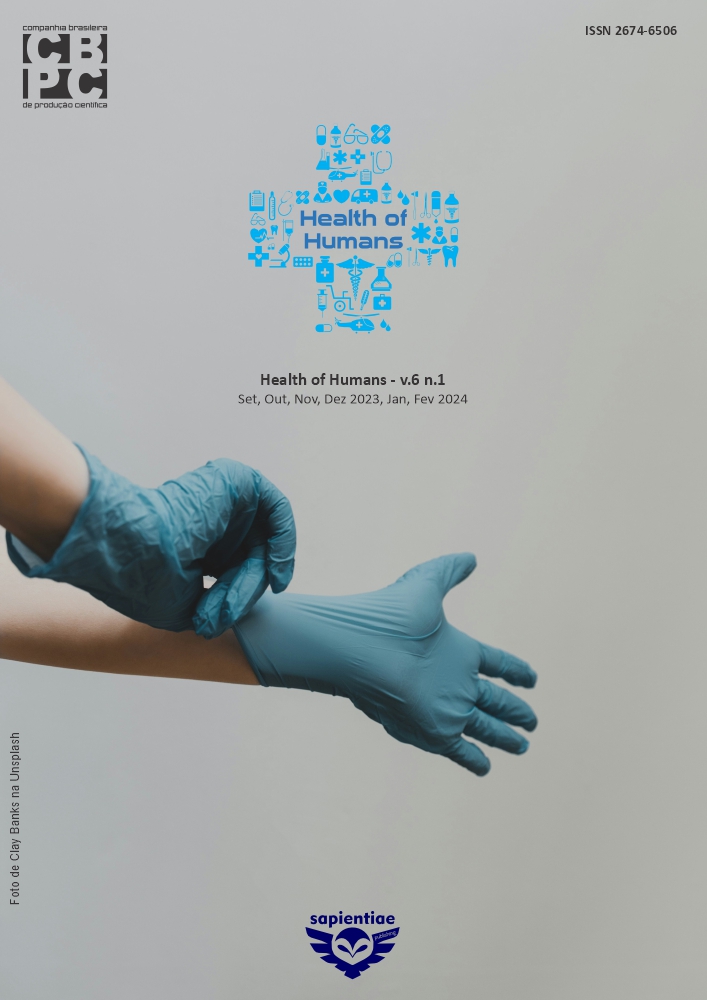Screening and identification of proteins using a bioinformatic tool: UniProt
DOI:
https://doi.org/10.6008/CBPC2236-9600.2023.002.0001Keywords:
Oral cancer, UniProt, Databases, Proteins, Biological samplesAbstract
Oral Cancer (OC), prevalent in nations with medium or low HDI, is diagnosed by histopathology after a biopsy. Plasma and saliva emerge as promising samples for biomarker candidates, and, in this context, digital biological repositories, such as the Universal Protein Resource (UniProt), with a vast collection of proteins, assume importance in helping identify proteins, becoming an important digital tool in protein screening. To evaluate the feasibility and usefulness of UniProt and related databases in identifying CO-associated proteins and genes in plasma, saliva, and oral mucosa samples. Initially, in the UniProt ware added keywords to identify proteins in plasma (“plasma”), saliva (“saliva” and “salivary”) and oral mucosa (“oral cavity”, “oral mucosa”, “mouth mucosa” and “buccal mucosa”) and CO proteins (“oral cancer”, “mouth cancer”, “oral tumor” and “buccal cancer”). Next, keywords of each sample were paired with those of CO in Excel to identify the best combinations of terms and to identify specific proteins of CO in each type of sample. The resulted proteins were validated using Open Targets and The Human Protein Atlas. Databases such as PUBMED and Scopus were consulted as needed. Fallowed, proteins were paired from each sample to detect specific expressions in each tissue. The Shapiro-Wilk test (W < 0.767, p < 0.05) was used for statistical analysis. 6226 proteins were identified in plasma, 653 in saliva and 561 in oral mucosa. The crosses resulted in 55 proteins in plasma (“plasma” AND “buccal cancer”), 14 in saliva (“salivary” AND “oral cancer”) and 190 in mucosa (“buccal mucosa” AND “buccal cancer”). Similar results were obtained with the same terms applied in UniProt. Some proteins were confirmed in the literature in samples from patients with CO: 04 in plasma, 04 in saliva and 32 in the oral mucosa. These findings did not demonstrate significant differences in the distribution of protein expression among the samples. Oral mucosa showed the highest amount of differentially expressed proteins, while no protein, common to the three samples was identified. Results have shown UniProt to be a useful tool for the identification and screening of CO proteins, where the malignant oral mucosa showed the highest number of expressed proteins as well as the number of references in the literature, indicating a promising field for future research. The identified proteins have potential as CO biomarkers, requiring in vitro and in vivo validation studies.
Downloads
Downloads
Published
Issue
Section
License
Copyright (c) 2023 Scire Salutis

This work is licensed under a Creative Commons Attribution-NonCommercial-NoDerivatives 4.0 International License.
The CBPC - Companhia Brasileira de Produção Científica (Brazil CNPJ: 11.221.422/0001-03) the material rights of the published works. The rights relate to the publication of the work anywhere in the world, including rights to renewals, expansions and dissemination of the contribution, as well as other subsidiary rights. All electronically published works may subsequently be published in printed collections under the coordination of this company and / or its partners. The authors preserve the copyright, but are not allowed to publish the contribution in another medium, printed or digital, in Portuguese or in translation.








